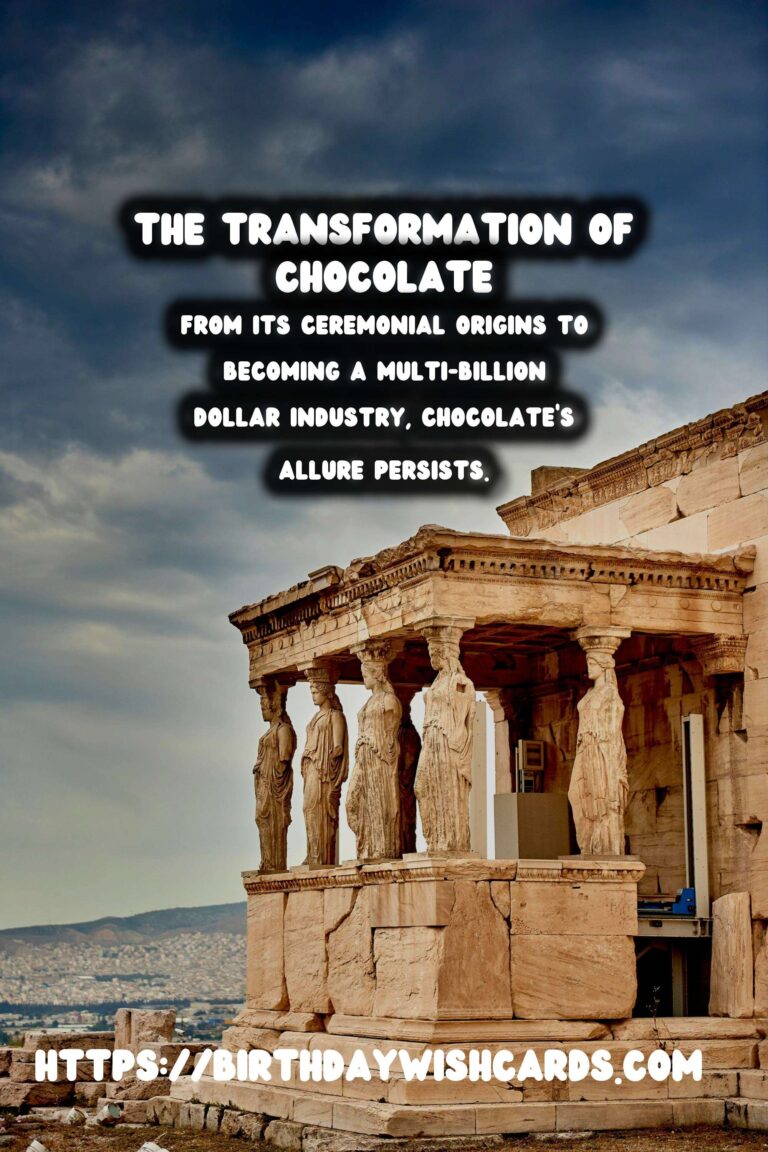
Chocolate is one of the world’s most beloved indulgences, but its history is as rich and complex as the flavors and forms it embodies. This exploration delves into the fascinating transformation of chocolate, from its spiritual and ceremonial significance in ancient Mesoamerica to its status as a luxurious European delight. Join us on a journey through time to uncover the historical evolution of chocolate and its impact on cultures around the world.
The Ancient Origins of Chocolate
The journey of chocolate begins over 3,000 years ago with the Olmec civilization in what is now southern Mexico. They were among the first to ferment, roast, and grind cacao beans, producing a bitter beverage that would be revered by successive cultures. The Olmecs passed their knowledge to the Maya, who further developed cacao’s use and integrated it extensively into their culture.
For the Maya, cacao was not merely a food product; it was sacred. They often consumed it as a frothy, spiced beverage and used it in rituals and ceremonies. It was even referred to as the drink of the gods, symbolizing abundance and divine favor.
Aztec Rituals and Cocoa Currency
Following the Maya, the Aztec civilization inherited the cocoa tradition, imbuing it with even greater significance. In fact, cacao beans were so valuable that they were used as currency. The Aztec elite enjoyed a drink known as ‘xocolatl’, a frothy, bitter concoction flavored with spices like chili and vanilla.
Montezuma II, the last Aztec emperor, reportedly consumed vast quantities of xocolatl daily, viewing it as an aphrodisiac and a source of strength. The beverage’s mystical properties only heightened its esteemed status.
European Discovery and Adaptation
When Spanish conquistadors arrived in the Americas in the 16th century, they encountered the Aztec custom of chocolate consumption. They brought cacao back to Europe, where it underwent a transformation to suit European palates. The addition of sugar, cinnamon, and other spices turned the once bitter potion into a sweet treat, quickly gaining popularity among aristocrats and royals.
Spain maintained a monopoly on chocolate production for nearly a century before it spread to other parts of Europe. Its journey into the heart of Europe’s cultural and culinary fabric was swift, with chocolate houses sprouting up across major cities.
Industrial Revolution and Chocolate for the Masses
The Industrial Revolution was a pivotal period for chocolate. The development of machinery streamlined the production process, making chocolate more affordable and accessible to the masses. Innovations like the cocoa press, invented by Dutch chemist Coenraad van Houten in 1828, extracted cocoa butter from roasted beans, revolutionizing chocolate by making it smoother and more palatable.
By the late 19th century, chocolate had transitioned from a luxury for the elite to a beloved treat available to the general public. Companies like Cadbury, Nestlé, and Hershey began to shape the modern chocolate industry, introducing chocolate bars and confections that still define our chocolate experience today.
Contemporary Chocolate: A Global Obsession
Today, chocolate continues to evolve, embracing new flavors, textures, and ethical practices. The rise of bean-to-bar artisanship emphasizes quality and sustainability, with chocolatiers meticulously sourcing their cacao to ensure fair trade and environmental responsibility.
From its ceremonial origins to becoming a multi-billion dollar industry, chocolate’s allure persists, fueled by innovation and a universal craving for sweetness. It remains an integral part of celebrations and daily life, a testament to its enduring legacy across cultures and continents.
As we savor each bite, we participate in a tradition that has traveled across history, echoing the echoes of ancient rituals and modern ingenuity. Chocolate is more than a treat; it is a narrative of human history, a mirror reflecting the transformative journey of cultures intersecting with taste, desire, and discovery.
Chocolate is one of the world’s most beloved indulgences, but its history is as rich as the flavors and forms it embodies. From its ceremonial origins to becoming a multi-billion dollar industry, chocolate’s allure persists. 
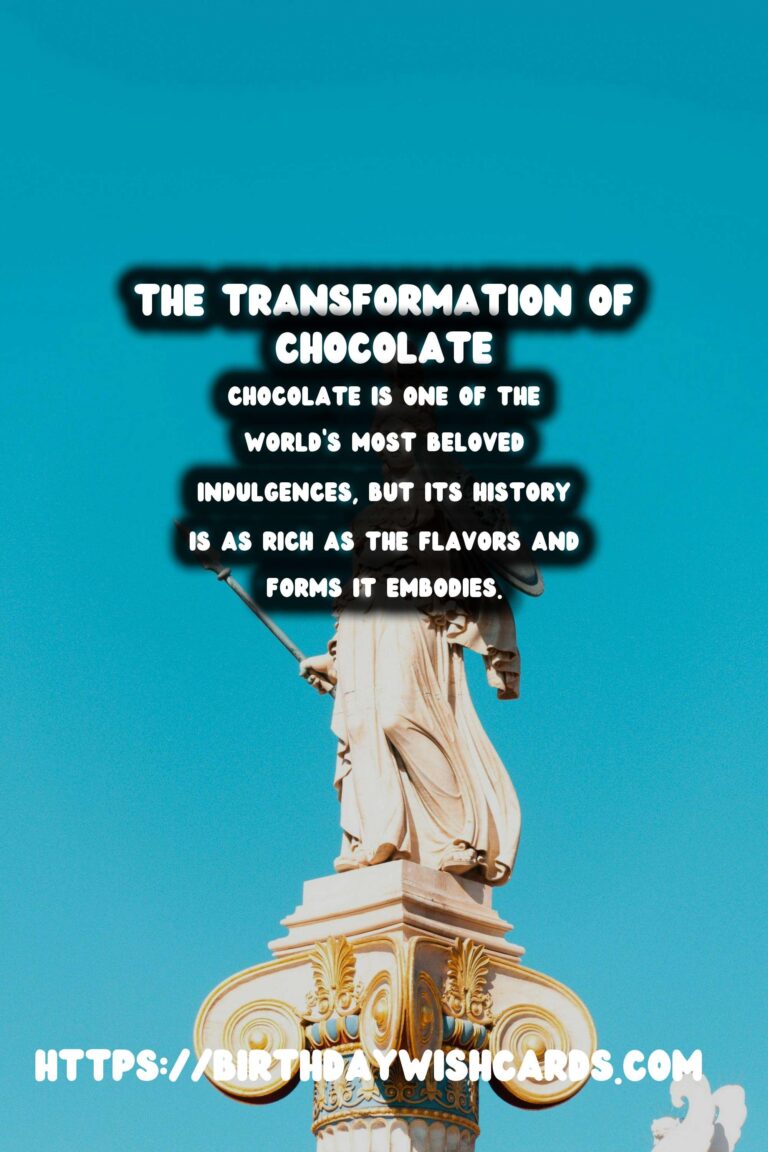
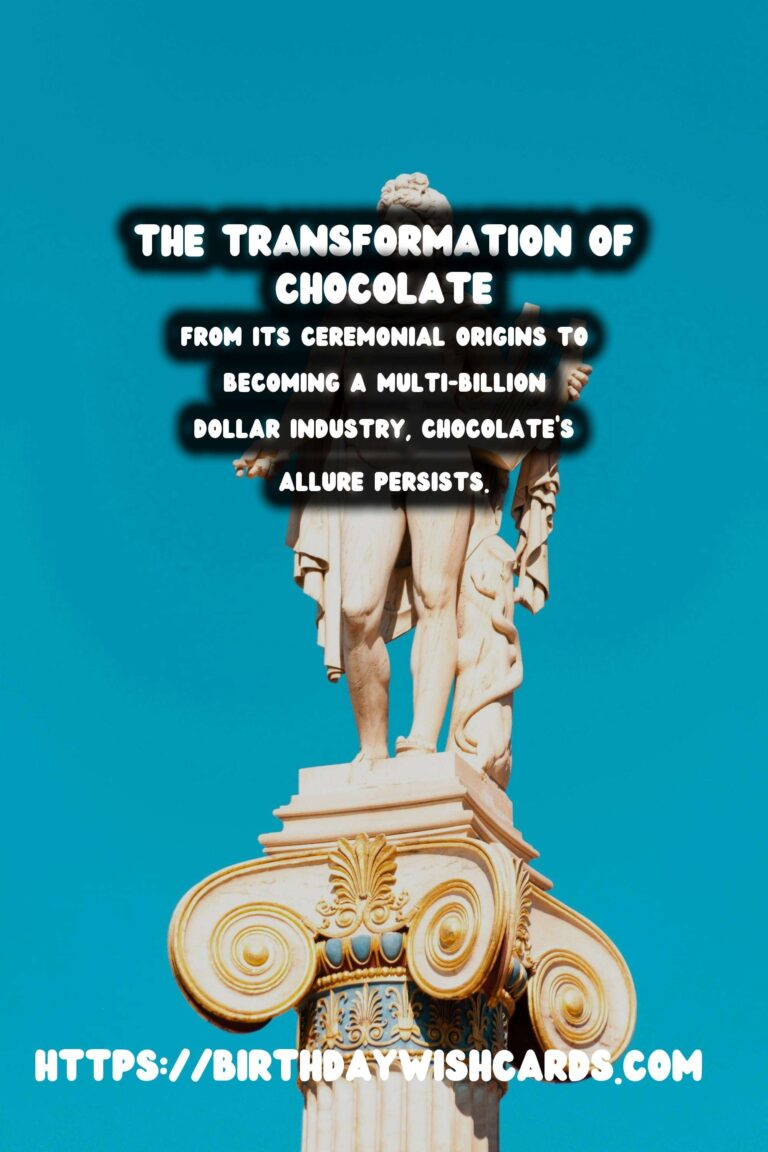
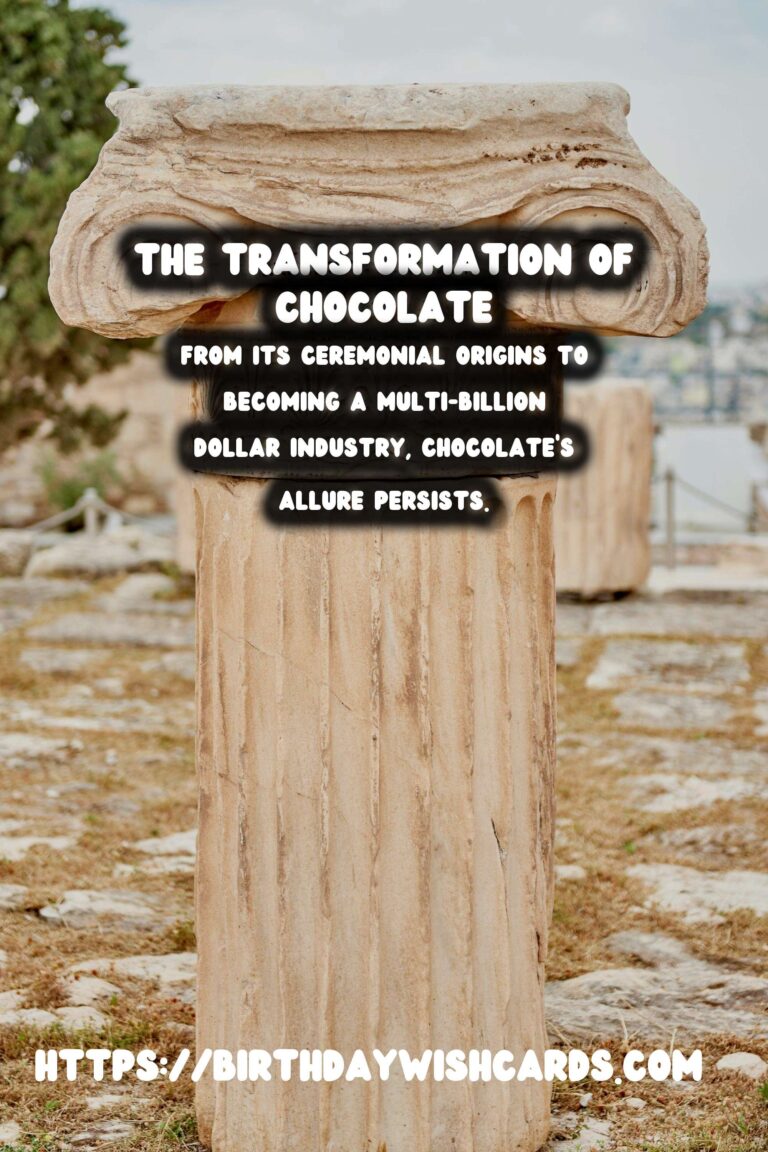
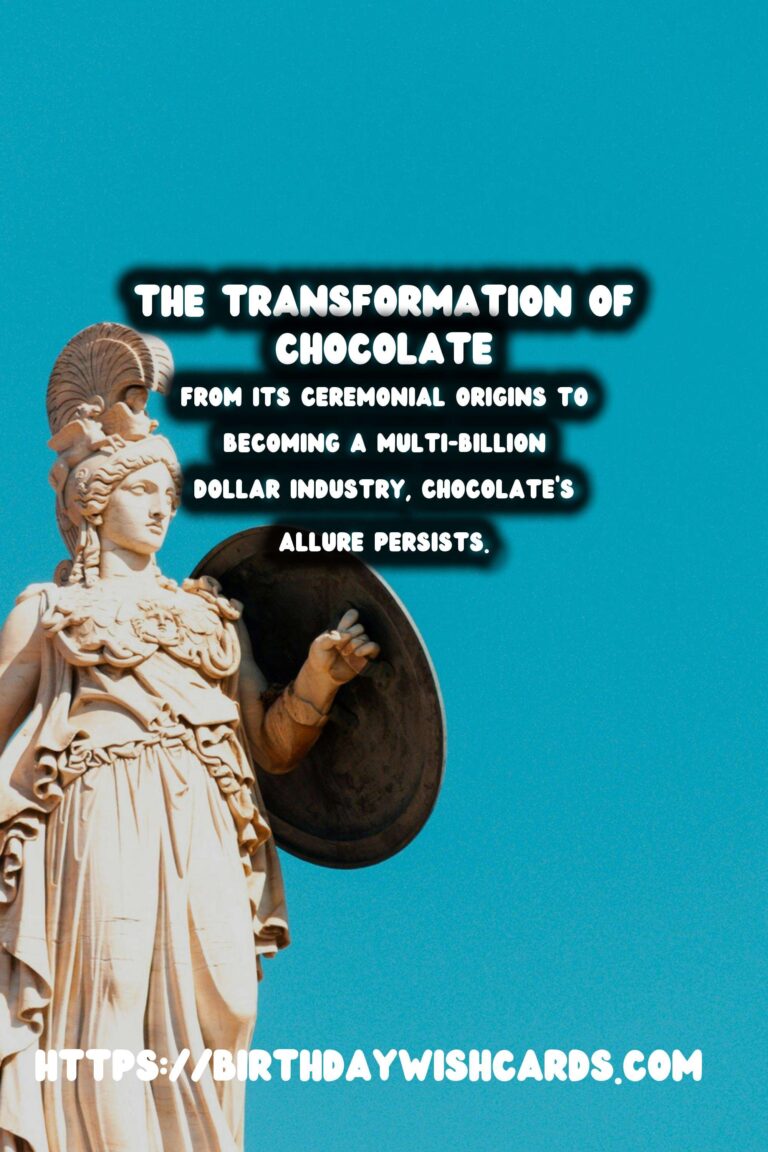
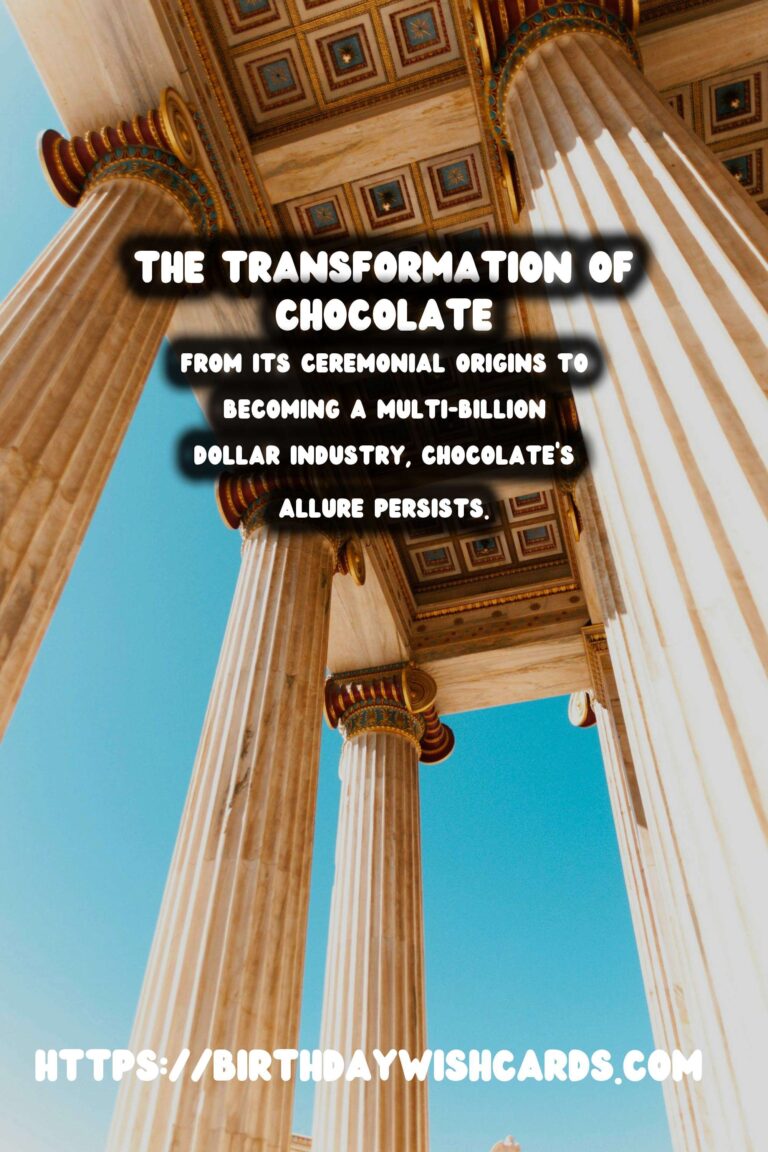
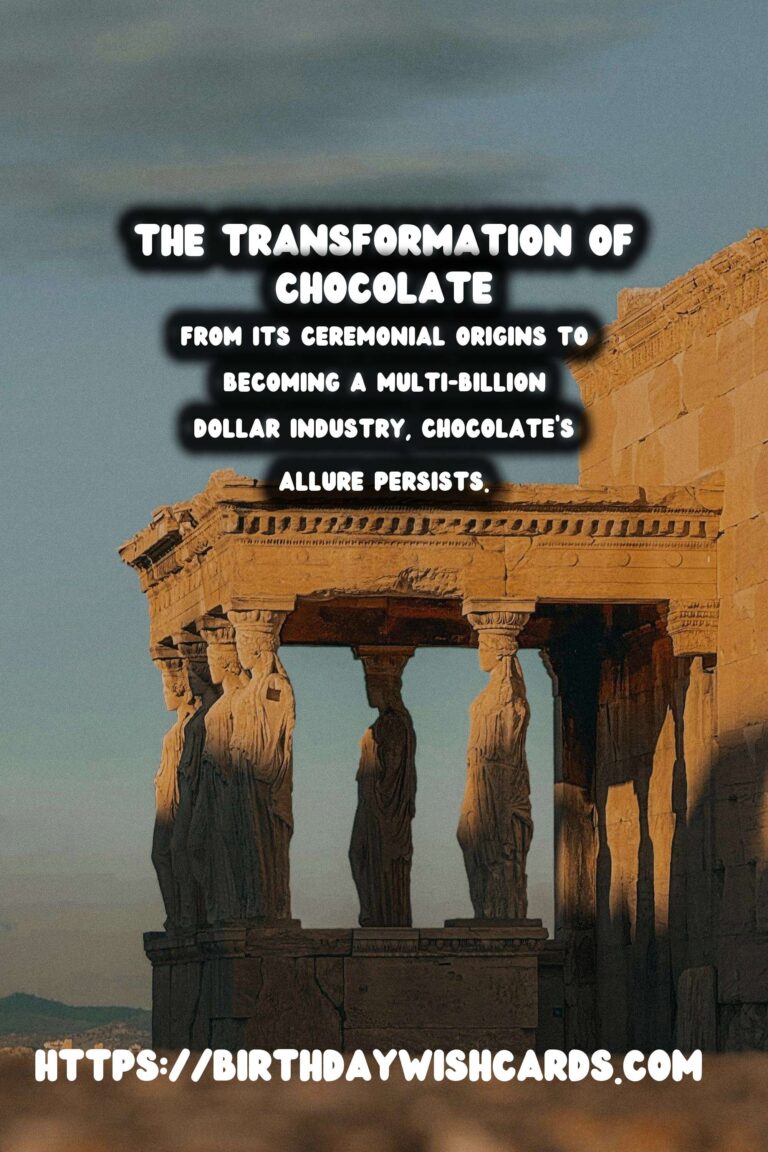
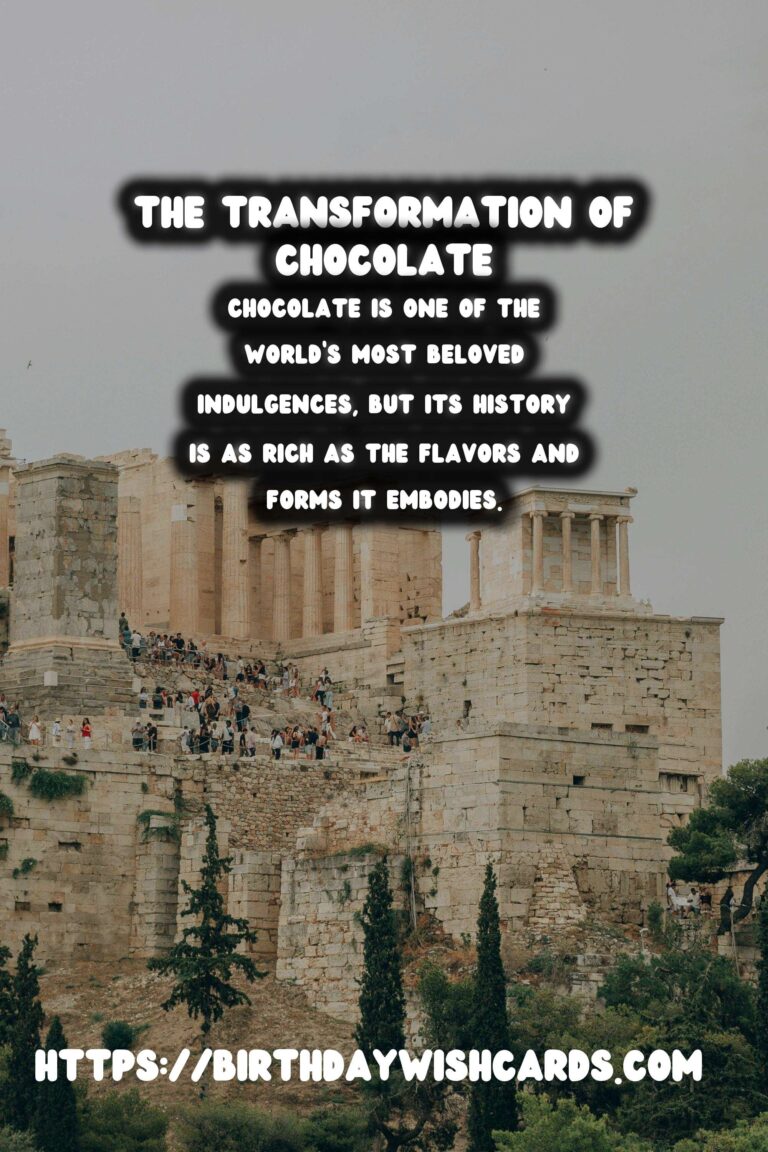
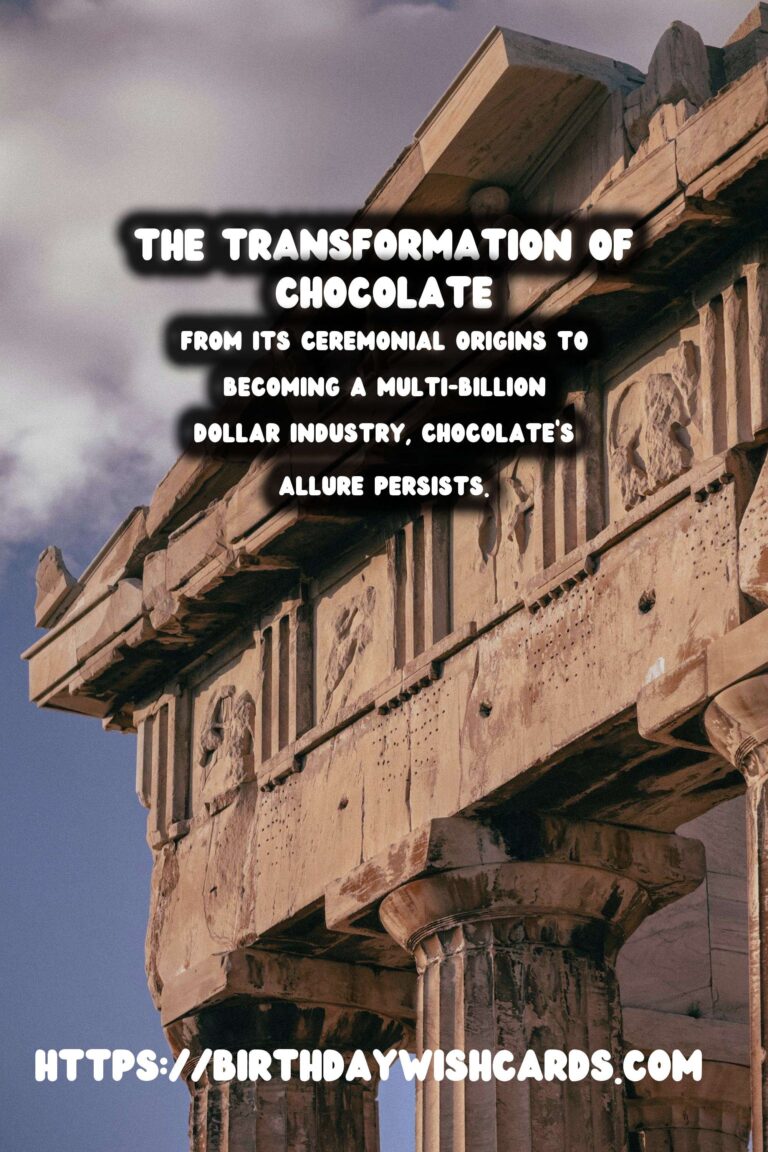
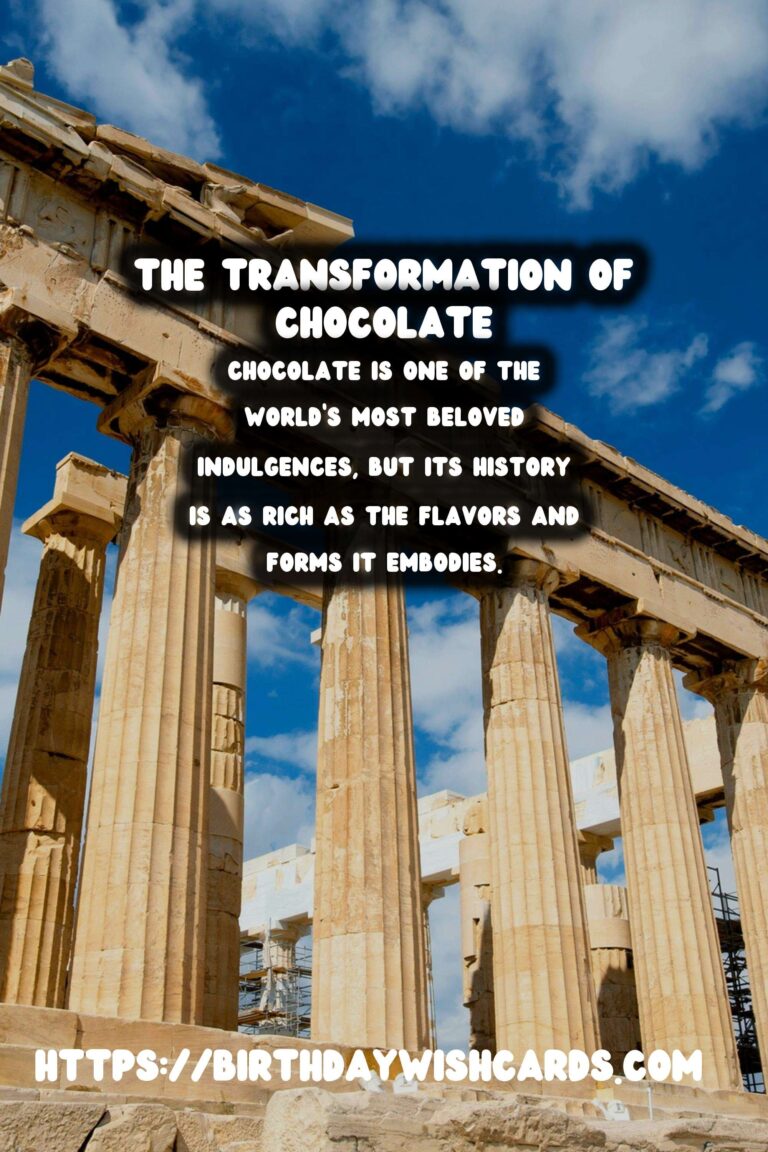
#ChocolateHistory #Cacao




